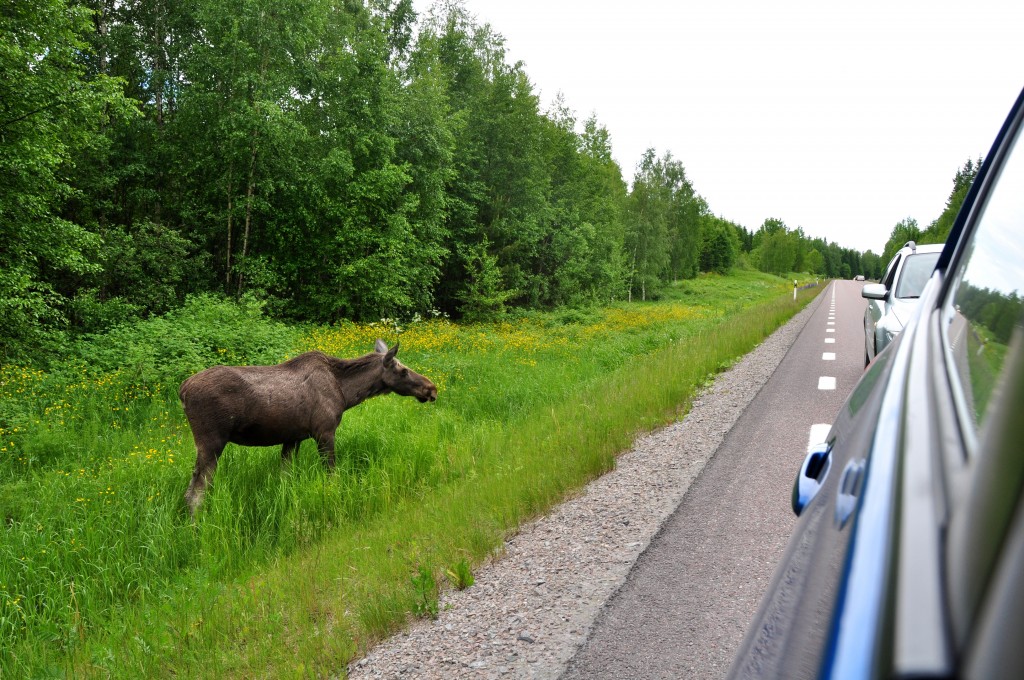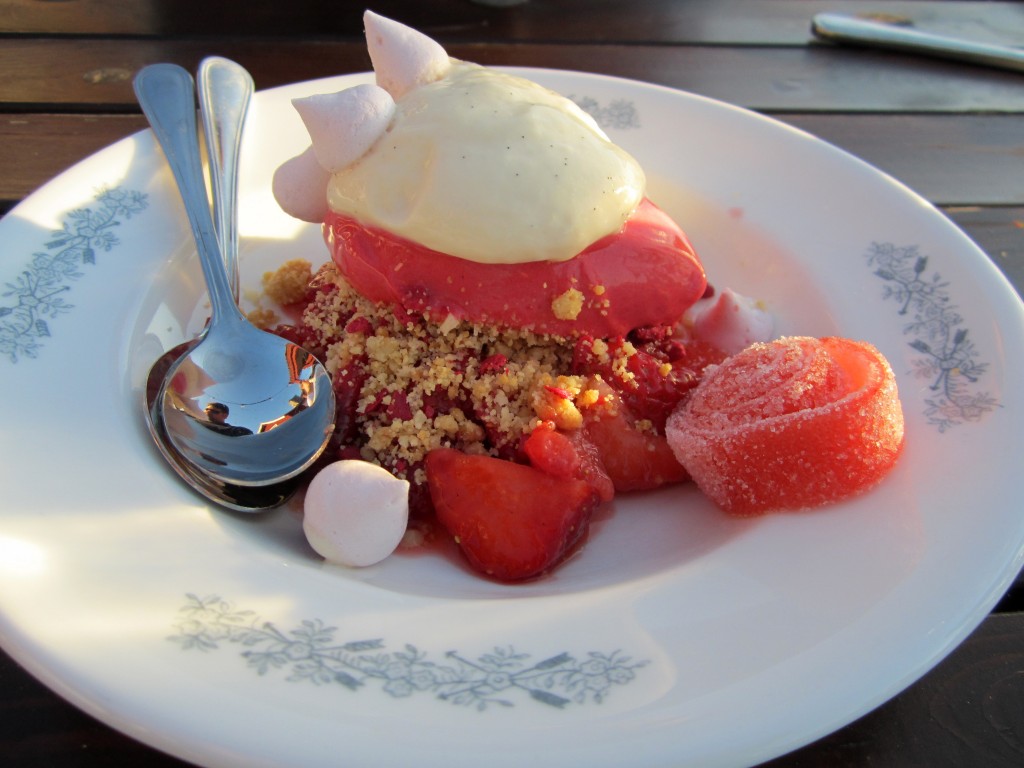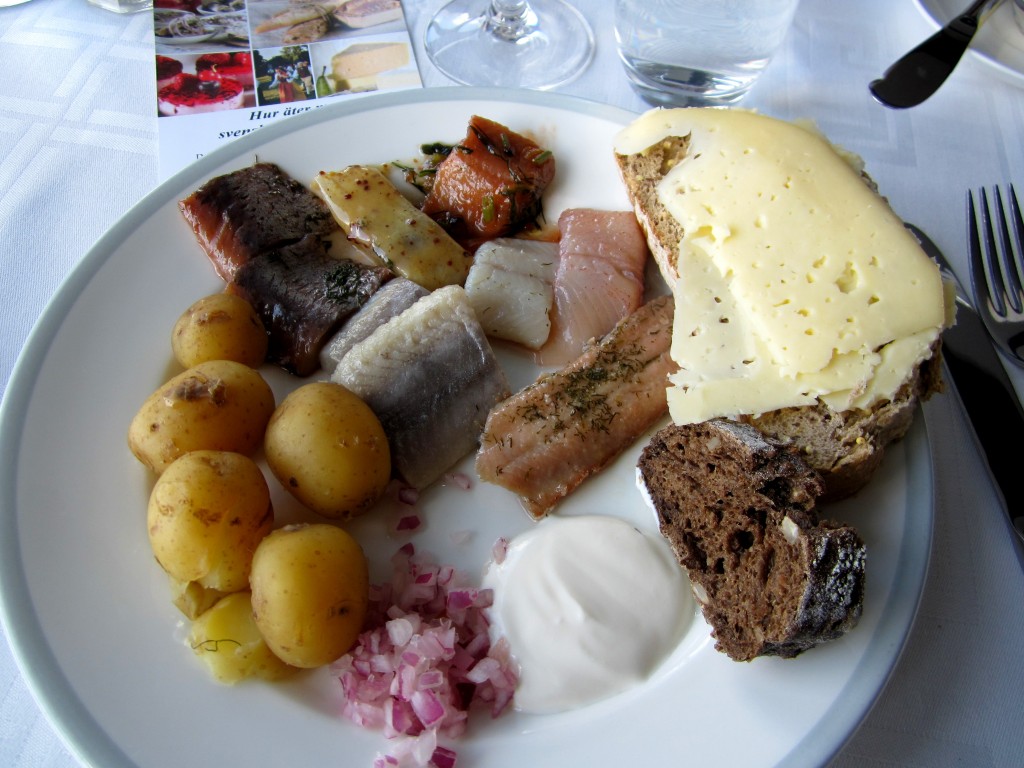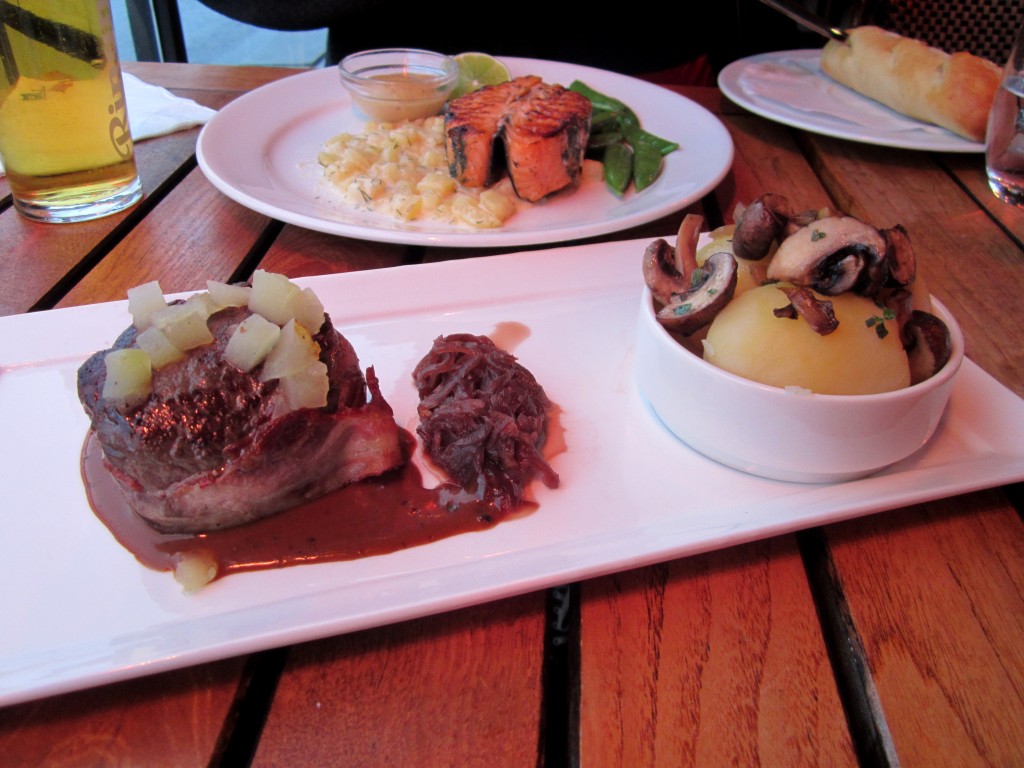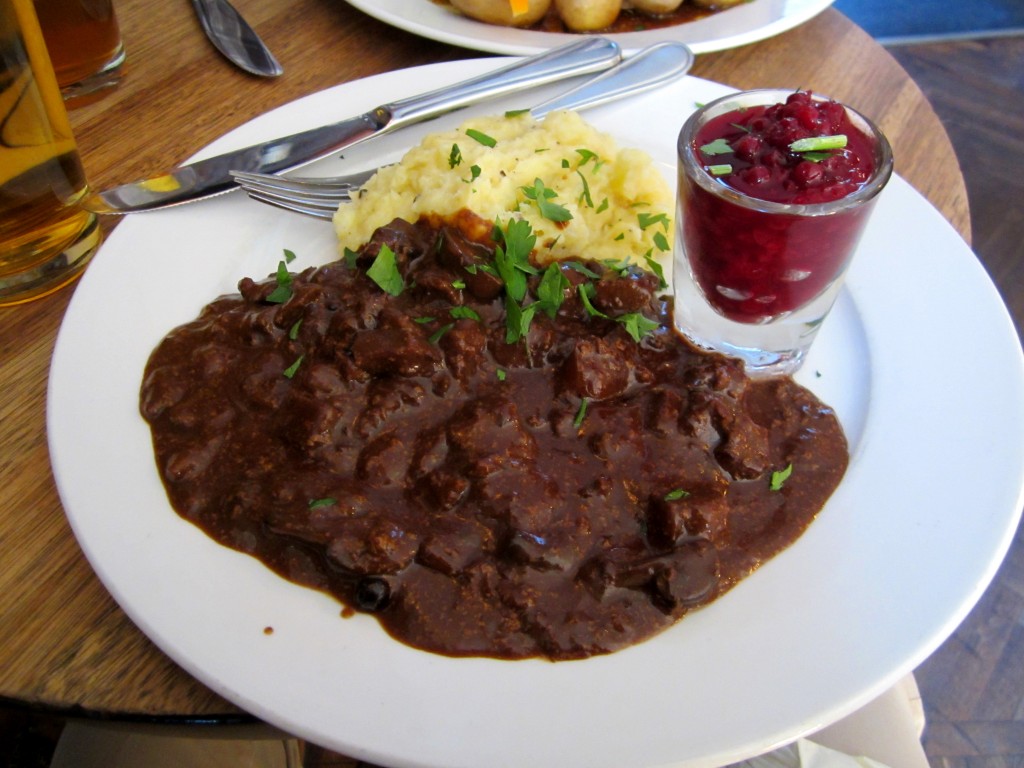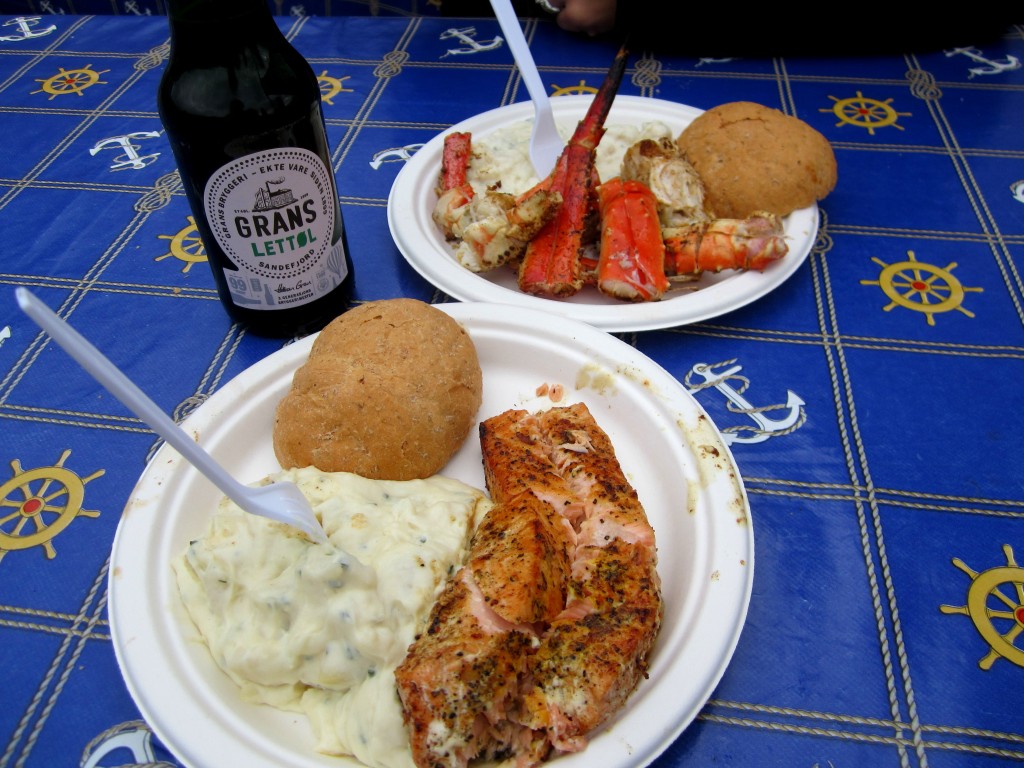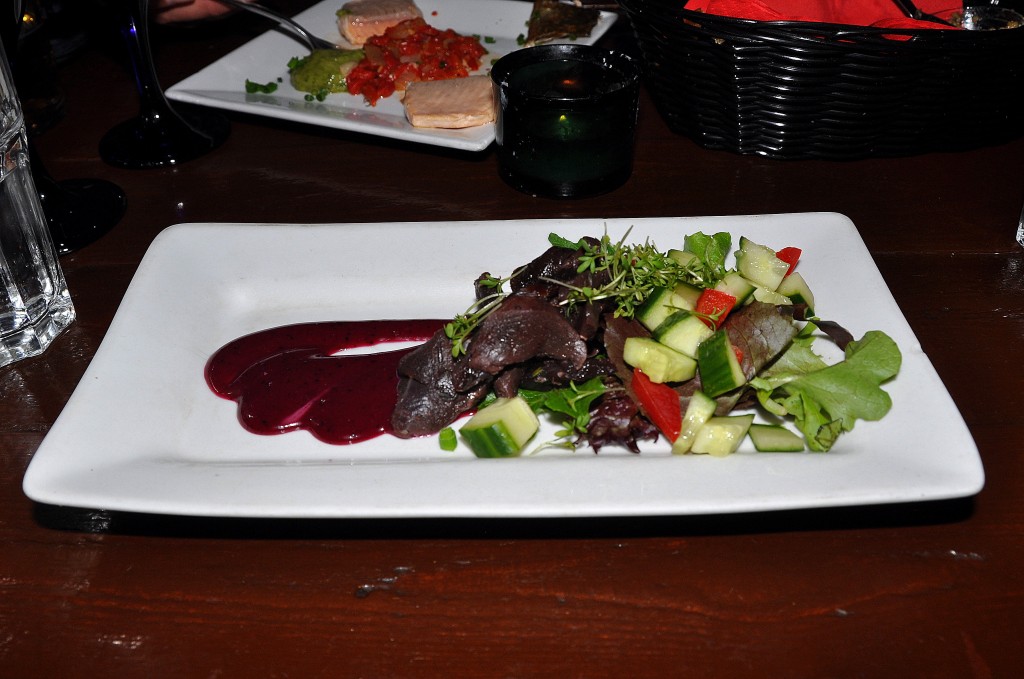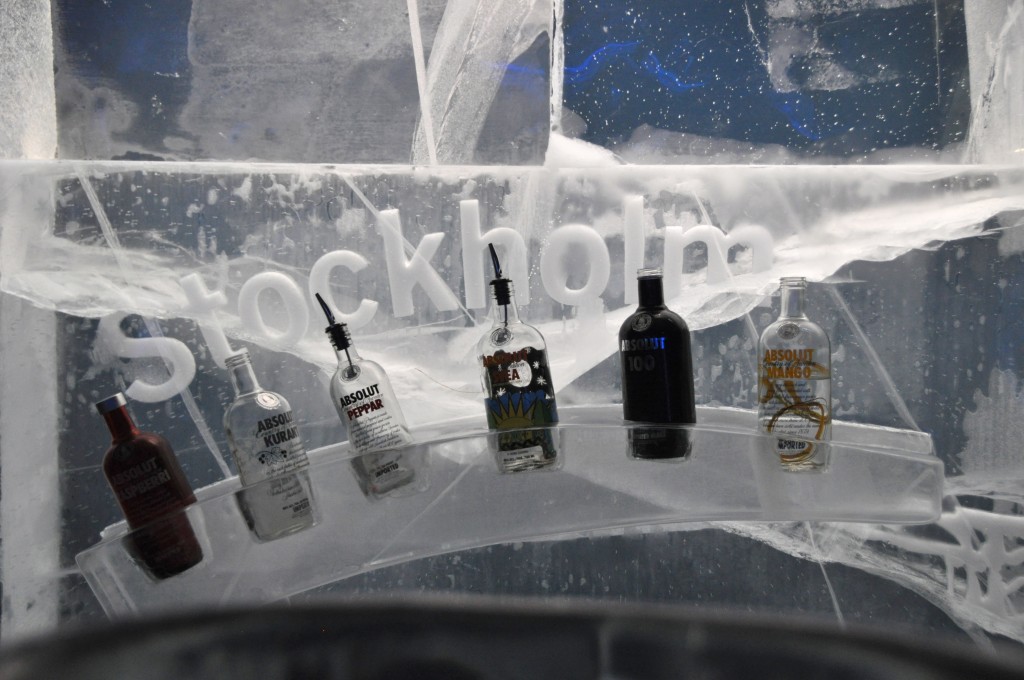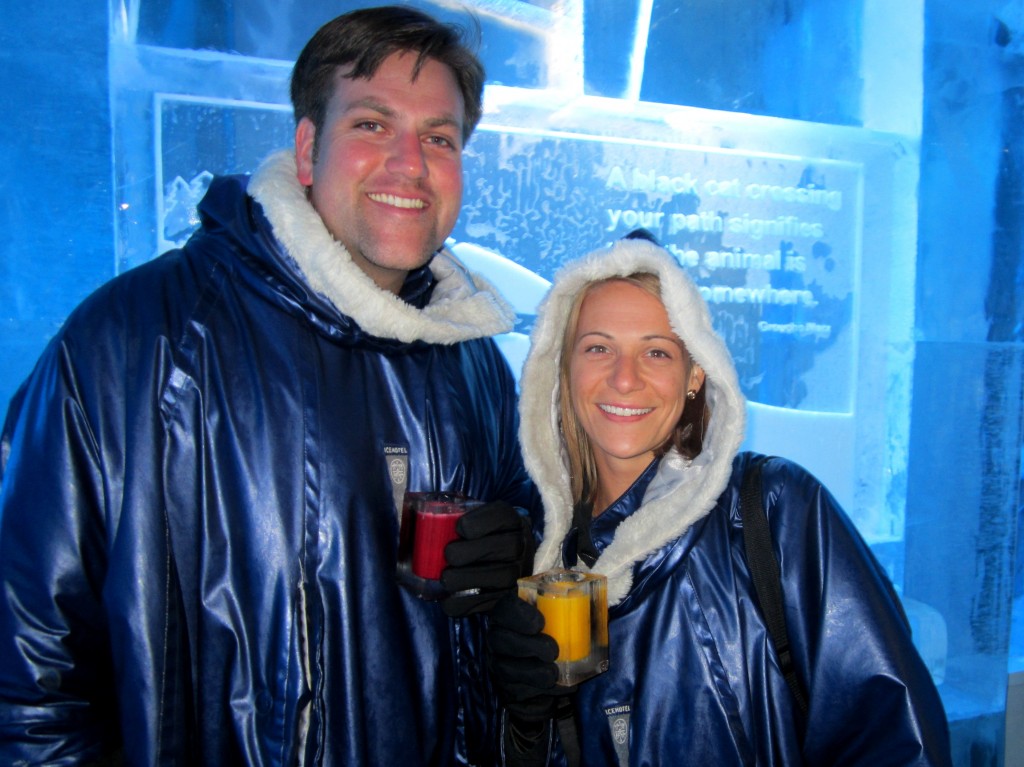**Grammatical Prologue** So as everyone does not think I am spelling/grammatically challenged (which I self-admittedly am, but do my best to hide), there are several ways to write “Midsummer’s Eve”. The Englishised version includes [’s], hence the well-known Midsummer’s Eve. However, the Swedes don’t utilize the apostrophe nor additional [s], leaving us with Midsummer Eve. I figured I better use the Swedish version, and keep the ancestors proud. So…
Midsummer is Sweden’s favorite holiday, much anticipated after months of nearly sun-free winter days. The summer solstice once marked the start of the growing season for Nordic countries, but now is the kick-off to all things summer!
We headed north from Stockholm to the Lake Siljan region, where the Swedes were rumored to kick up their clogs the highest! Midsummer festivities entail raising a Maypole, singing, dancing, and eating traditional foods. Only betrothed Swedes are allowed to stay up all night and wait for the 3am sunrise (in theory, the sun “sets”, but the night never actually gets entirely dark). Those who are single are encouraged to go to bed with seven varieties of wild flowers under their pillows, meant to bring dreams of a true-love.

Lake Siljan countryside
As we drove out of Stockholm’s metropolis, the country side quickly took over and the opportunities for picking wild flowers were everywhere. Road sides were dotted with people collecting holiday bouquets, driveways were decorated with tin buckets of flowers or hanging bunches, and everyone donned a wreath of spring blooms: people, dogs, bikes, and even cars.
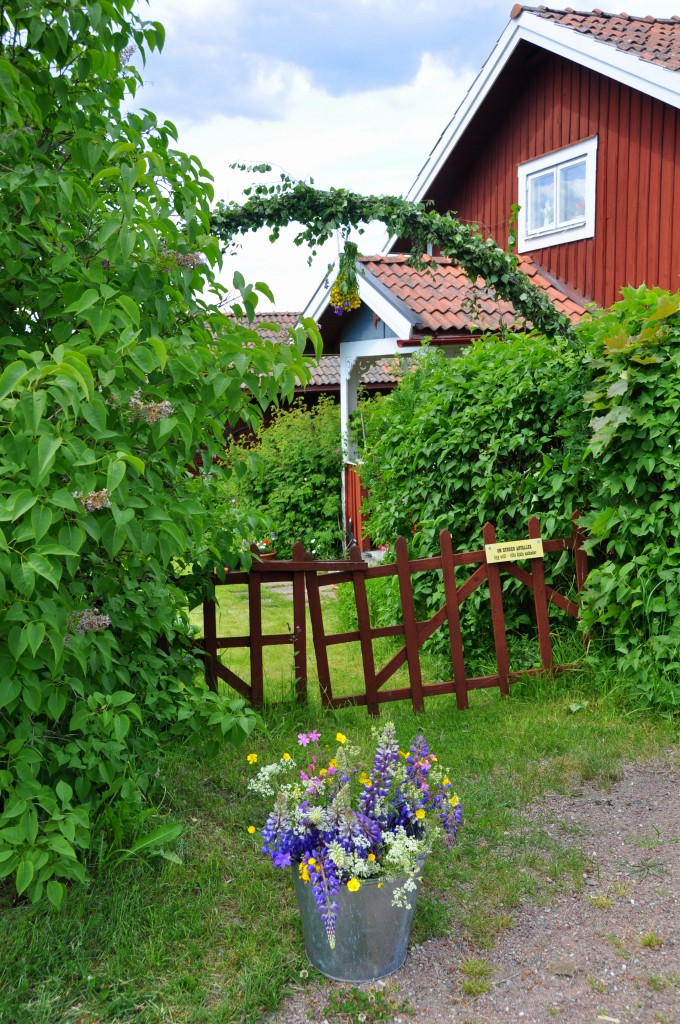
wildflower decorations
Having no idea what to expect, Joe and I chose three small towns around the lake and started our Midsummer Eve celebration. Each village was different and had something truly unique to share.
First was Rättvik. We almost left this celebration, upon realizing that it was occurring in the middle of a trailer/camping park. The revelers turned out in droves though, and soon we were shoulder to shoulder with the locals, enjoying the activities. The Maypole lay in the middle of a grassy area, at the center of the camp, right next to a huge pile of branches and flowers. After the Master of Ceremonies tied on the first greenery, everyone got involved.

Swedish Master of Ceremonies ties on the first greens

Malm girls in a previous life?
Once covered in greens, the raising process began! In order to lift the pole higher than their shoulders, the men used sets of long sticks, tied together at the end and propped against the ground. The MC directed this process, yelling for everyone to heave, and then stop, and then rearrange the sticks to prepare for the next heave. This process took less than 5 minutes, and was greeted with three celebratory hoots upon completion.
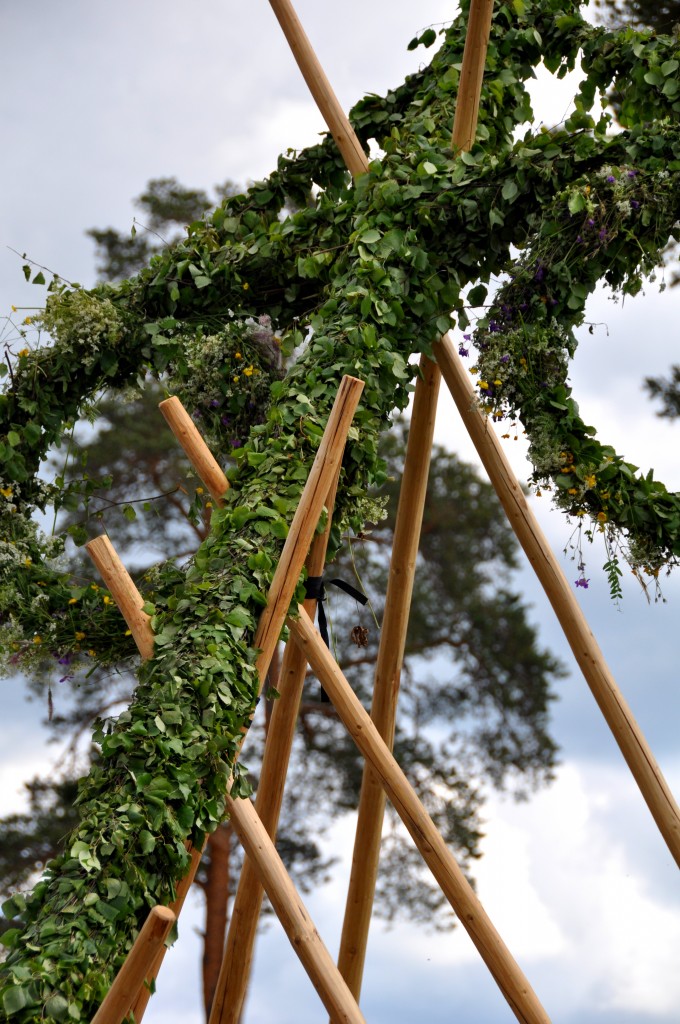

Next was Tällberg. As we drove deeper into the countryside, we saw numerous Maypoles, quietly laying in any open space, waiting for their own special moment.

Traditional songs and dances kicked off the festivities in Tällberg. This Maypole was even bigger than in Rättvik, and a collective gasp was heard as it nearly tipped over before being secured in its cement fastening.


top of the Maypole in Tallberg
After the Maypole was raised, everyone circled the base, singing and dancing. It was really amazing to us, that everyone knew the words to every song and the moves for every dance. It was a fun and joyful display of genuine culture and tradition, passed on from generation to generation. Walking back to the car, we struggled to identify anything like this in American culture. The Macarena? Electric Slide? The Chicken Dance?


I love the guy in the back, on the right, who not only threw his arms up with a great "Yippee", but also jumped into the air!
We spent the evening in Leksand, the largest Midsummer celebration around the lake. Back in the day, the residents of Leksand used boats to get across the lake in order to attend church. Today, they are fondly called “church boats” and are a critical part of the Midsummer traditions in this town. First, the boats came down the river, carrying the singers, dancers, and musicians for the celebration, as well as the decorations for the Maypole.

Spectators either lined the riverside, like us, or watched from the top of the bridge.
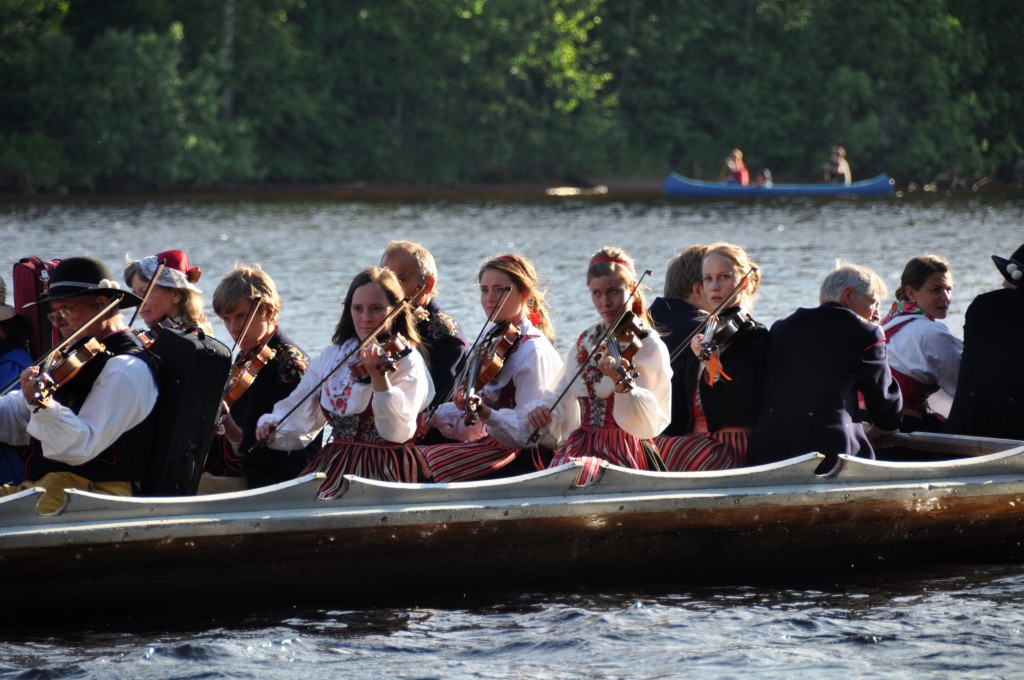
Along with 20,000 other people, we then walked from the river to the park, the location of the Midsummer celebration. All of the participants in the boats led a parade to the waiting Maypole.

Hard to tell the parade from the crowd
Joe estimated this Maypole to be over 150 feet long! The raising process took more than an hour! The entire crowd would yell as the pole slowly…very slowly…inched its way toward 90o.
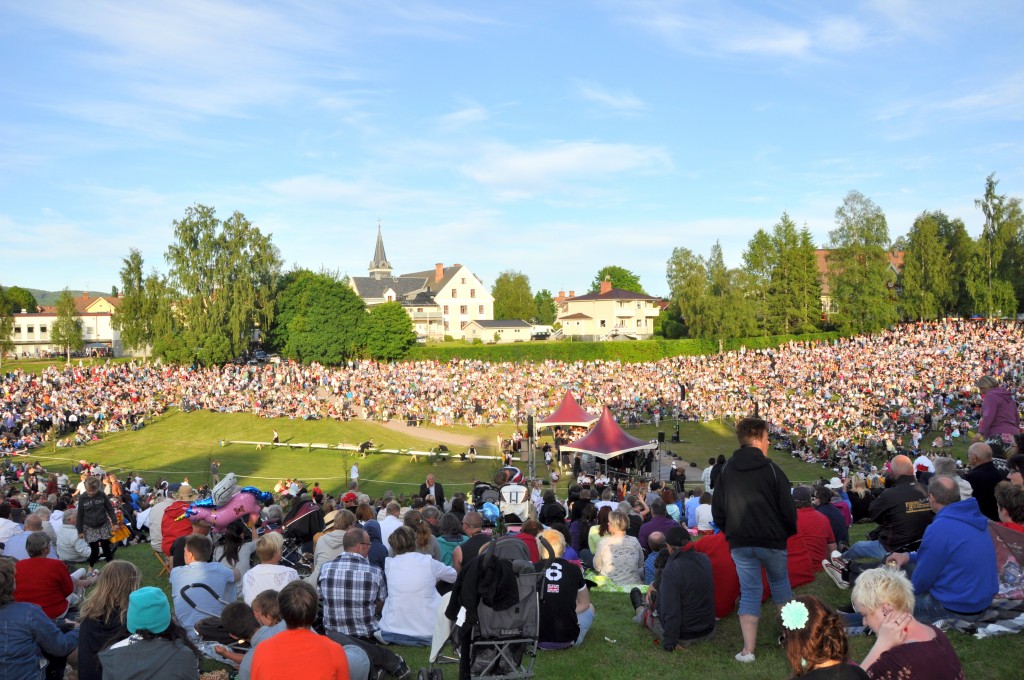
You and 20,000 of your best friends waiting for the Maypole.

About 30 minutes into the process.
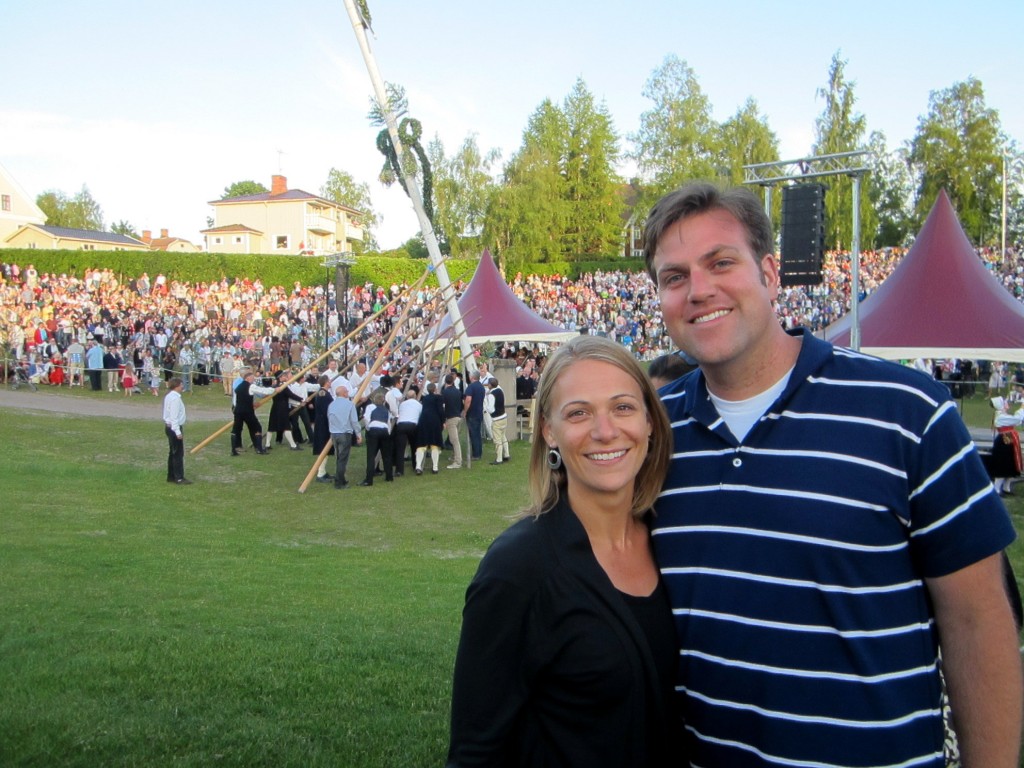
Working hard or hardly working?
Once the Maypole was vertical, the ropes were quickly removed and the area was flooded with celebrants, clutching hands and getting ready to dance around Sweden’s symbol of summer. As the crowd started to circle, if you didn’t move fast enough, you were either trampled, or swept into the dance. We opted to dance!

Joe doing the "point your finger at your partner and shake it in disapproval" dance.
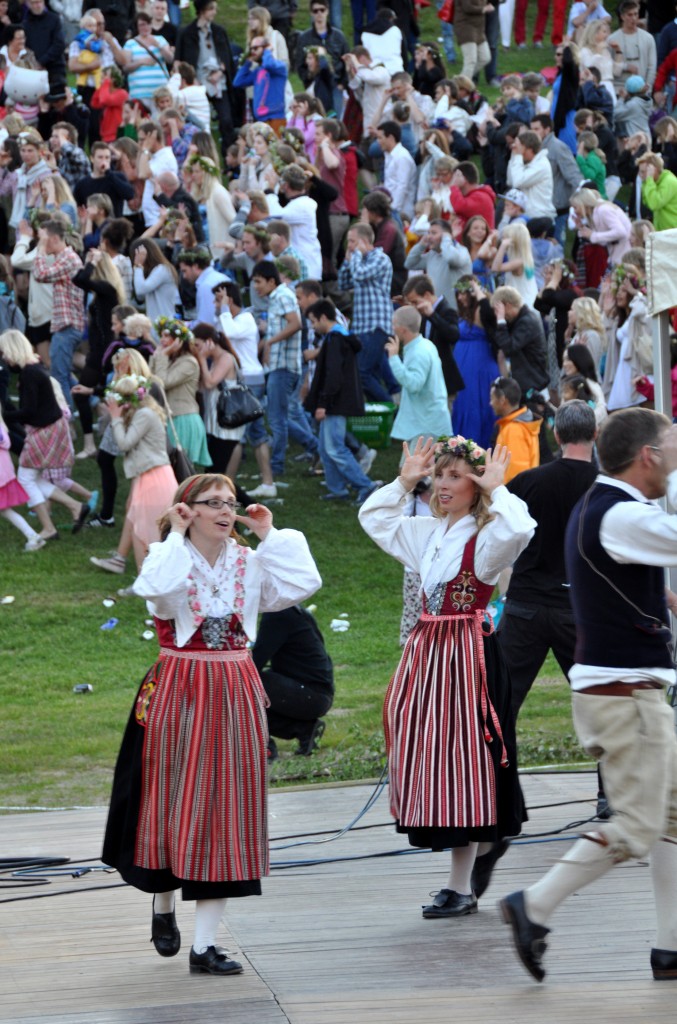
I think this is the "put your hands near your head and pretend you are a moose" dance.
After all the festivities, we enjoyed a glass of wine overlooking the lake and contemplated just how long the sun would stay up. She must be married, because we retired before she did!
On Midsummer Day we headed back south to spend the day in Sandviken. Even though I am the Swede in the marriage, Joe was the one to connect with family members who lived in Sweden. On the way, we spotted Sweden’s favorite four-legged animal along the roadside! Despite being relatively young, he was still bigger than a horse. I have been waiting for years to see a wild moose! I knew the Motherland would come through. I dreamt of this guy last night…whilst slumbering atop my wildflowers.
